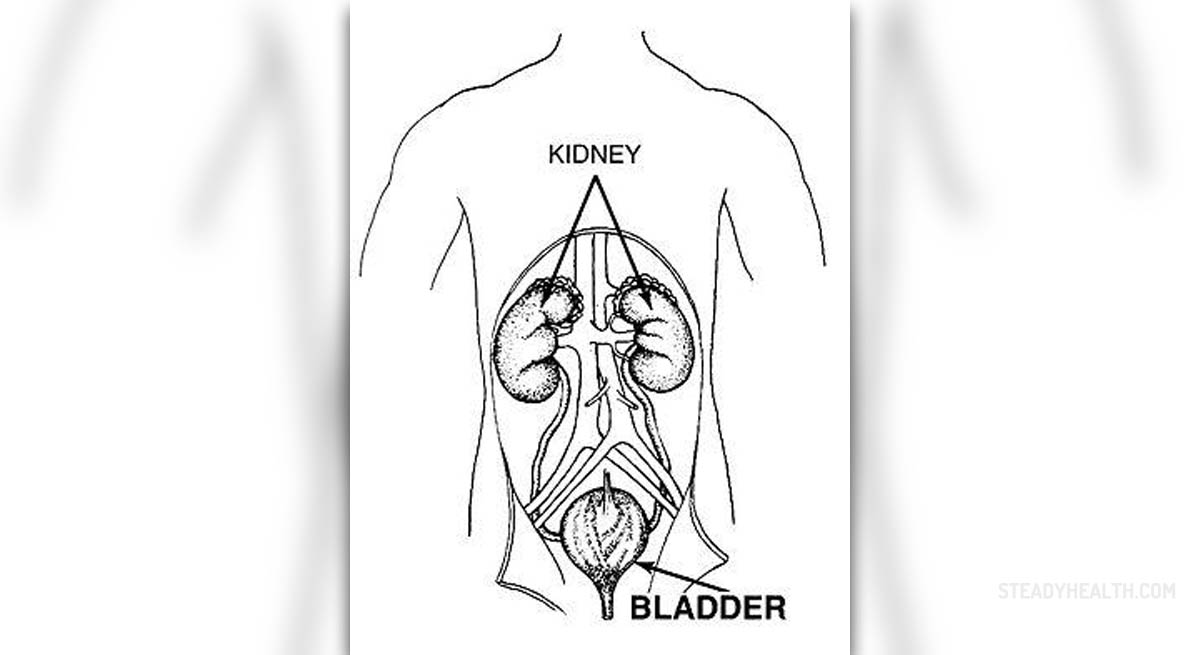
Overview of Urological Diseases
Urological anomalies affect organs in the genitourinary tract. The most common disorders include kidney stones and tumors, bladder infections and tumors, as well as urinary tract infections, and urinary incontinence. When it comes to the urological diseases they are very likely to affect women, especially bladder and urinary tract infections. Men are far less prone to the same problems. The most widespread urological condition is the urinary incontinence, and it affects women almost three times more than it does men. As is the case with many medical conditions, urinary incontinence does not affect women of all races equally. Women of the Caucasian decent are the most vulnerable, followed by Latin American and African American females. Individuals who are middle aged to elderly are more prone to urinary incontinence than young adults, but the effects of ethnicity are the same across all age groups. Urinary incontinence is as a condition varies in frequency and duration among those it affects. For instance, the majority of people who are battling the anomaly have problems less than once per month, while around 1/3 of patients deal with the instances of the disease more than once a month. Some 15 percent have symptoms every day or night or a few times a week. What is Urological Disease?
Any kind of abnormal functioning of the urinary system is considered urological disease in both men and women. There are numerous causes of urological disease, such as diabetes, which result in unpleasant symptoms and hindering of normal functioning. Although the urinary system encompasses a wide range of organs, many specialists deal with its problems. For instance, in the case of urinary incontinence in women the specialist that would treat the symptoms is the gynecologist. When it comes to kidney problems of both genders a nephrologist is the medical care professional who specializes in the field. As previously mentioned, there are unrelated disorders which affect the urinary system, such as diabetes, but the opposite is also true. Urinary diseases can cause problems in other parts of the body. Improper kidney functioning, for example, interferes with blood pressure causing it to rise.
Overview of Kidney and Non – Kidney Disease
Any kind of abnormality of the kidneys is considered kidney or renal disease. There are many different stages and levels of kidney problems, but the most common ones include pre-renal, intrinsic renal, and post-renal stages. The first stage of kidney problems, the pre-renal phase, is characterized by the disruption of blood flow into the area. The second or the intrinsic stage is manifested through high levels of toxicity and is more serious than the former as it causes more damage and discomfort. During the last stage of kidney disease, the post-renal phase, the kidney and bladder outlet is blocked further inhibiting the organs from normal functioning. The last stage requires strict medical therapy and dialysis coupled with food intake modifications as well as lifestyle alterations. Aside from the physiological problems of the urinary system, various types of tumors can also lead to severe problems. In addition, there are other parts of the urinary system which are affected by different types of conditions. For instance, presence of a large amount of bacteria, trauma or injury as well as underlying diseases which among other things affect the urinary organs can all contribute to numerous issues. One of the very common diseases of the area is the urinary tract infections, which attack mostly women, and are characterized by frequent and urgent urination followed by abdominal pain. Urinary incontinence is the most widespread among similar conditions which affects primarily older individuals and women more often than men. When it comes to diagnosing the diseases of the urinary system there are a number of tests frequently used, depending on the organ and the location of the condition. For instance, a culture test of the urine determines the amount of bacteria that are present in the system as well as the type of antibiotics to which they are sensitive. Ultrasounds, CAT scans, MRIs and a few other radiological scanning devices are used to diagnose more serious conditions. What Do Statistics Say?
There is an abundance of information about the urinary system issues as there is plenty of surveys and research. Statistical data suggest that, for instance, in the case of the painful bladder syndrome, it is far more prevalent in women than in men. On average, 300 per 100,000 women can expect to be affected while around 50 per 100,000 men are likely to experience the syndrome. When it comes to kidney stones in children, for example, the rate of infections has been on the rise in the past decade. In the case of urinary tract infections over 10 million women in the US have experienced some form of inflammation in the past year compared to only 2 million men.

















Your thoughts on this
Loading...